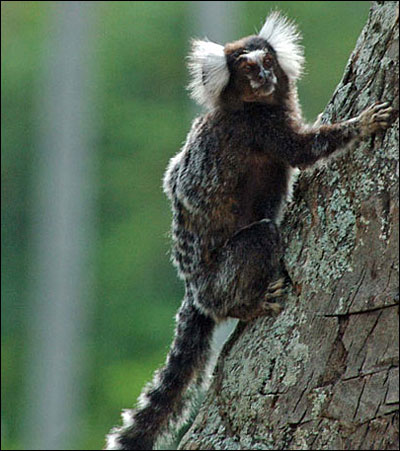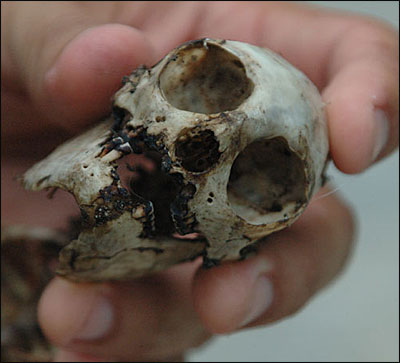Hot Spots
Hot Spots Capital of the World: Peru
 The Peruvian section of the DSF film “Hotspots” was motivated by the recognition that the Tropical Andes represent, in Dr. Mittermeier’s words, “the global epicenter of biodiversity because it has far more species than any other hotspot on the planet: 1,728 species of birds of which nearly 600 are endemic . . . 1,155 amphibian species thus far recorded…Reptile diversity, more than 600 species, mammal diversity nearly 600 species. So you’re getting an enormous concentration of animal life in the tropical Andes and plants are just off the charts. You’re looking at 30 to 35 thousand plant species in this hotspot, which is about one and a half million square kilometers . . . more than 10% of all the world’s plants and about 15,000 of those are endemic and found nowhere else. This area is just an endless array of valley and mountains and each valley is a barrier to distribution. So you’re getting an enormous turnover of different life forms as you go north or as you go south . . . a fabulous region, unlike almost anyplace else on our planet.”
The Peruvian section of the DSF film “Hotspots” was motivated by the recognition that the Tropical Andes represent, in Dr. Mittermeier’s words, “the global epicenter of biodiversity because it has far more species than any other hotspot on the planet: 1,728 species of birds of which nearly 600 are endemic . . . 1,155 amphibian species thus far recorded…Reptile diversity, more than 600 species, mammal diversity nearly 600 species. So you’re getting an enormous concentration of animal life in the tropical Andes and plants are just off the charts. You’re looking at 30 to 35 thousand plant species in this hotspot, which is about one and a half million square kilometers . . . more than 10% of all the world’s plants and about 15,000 of those are endemic and found nowhere else. This area is just an endless array of valley and mountains and each valley is a barrier to distribution. So you’re getting an enormous turnover of different life forms as you go north or as you go south . . . a fabulous region, unlike almost anyplace else on our planet.”
Near the Tambopata Research Center, a globally important field station for parrot research, four individuals of the recently discovered new species of titi monkey of the genus Callicebus showed themselves and were filmed by DSF for “Hotspots”. This was probably a first for the Peruvian side of the border though many months before, they were observed on the Bolivian side. The DSF “Hotspots” crew was also able to capture for the first time ever on film, just after midnight, the rarely seen Southern Amazon Bamboo Rat, Dactylomys dactylinus.
 At the famed clay licks, DSF “Hotspots” film crews documented the daily parrot ritual, much debated as to its function in avian physiology. Thousands of parrots of diverse species feed on the clay which contains high levels of sodium that might be crucial to neutralizing the toxins in the birds’ normal diets. Other species, peccaries and monkeys, for example, also were filmed feeding on the claylick which may argue for a broader theory of the importance of sodium and the various dietary methods of combating its absence amongst many terrestrial vertebrates.
At the famed clay licks, DSF “Hotspots” film crews documented the daily parrot ritual, much debated as to its function in avian physiology. Thousands of parrots of diverse species feed on the clay which contains high levels of sodium that might be crucial to neutralizing the toxins in the birds’ normal diets. Other species, peccaries and monkeys, for example, also were filmed feeding on the claylick which may argue for a broader theory of the importance of sodium and the various dietary methods of combating its absence amongst many terrestrial vertebrates.
One of our critically important goals for filming this portion of Peru for DSF’s “Hotspots” is to convey the iconic fragility of, and threats to, parrots worldwide. They are the victims of poaching, the pet trade and serious habitat loss. Poachers know where the clay licks are, and what time of day the birds are likely to assemble. Protecting these particular areas takes on the same level of global importance as protecting water holes where animals congregate anywhere in the world. Most importantly for all of the Psittaciforme genera and species is good habitat and that means large areas like Tambopata, and solid buffer zones within a conservation master plan.
For more information:
> Conservation International, Peru
> Rainforest Expeditions in Peru
> InkaNatura Travel: Conservation through tourism
Comments Off
